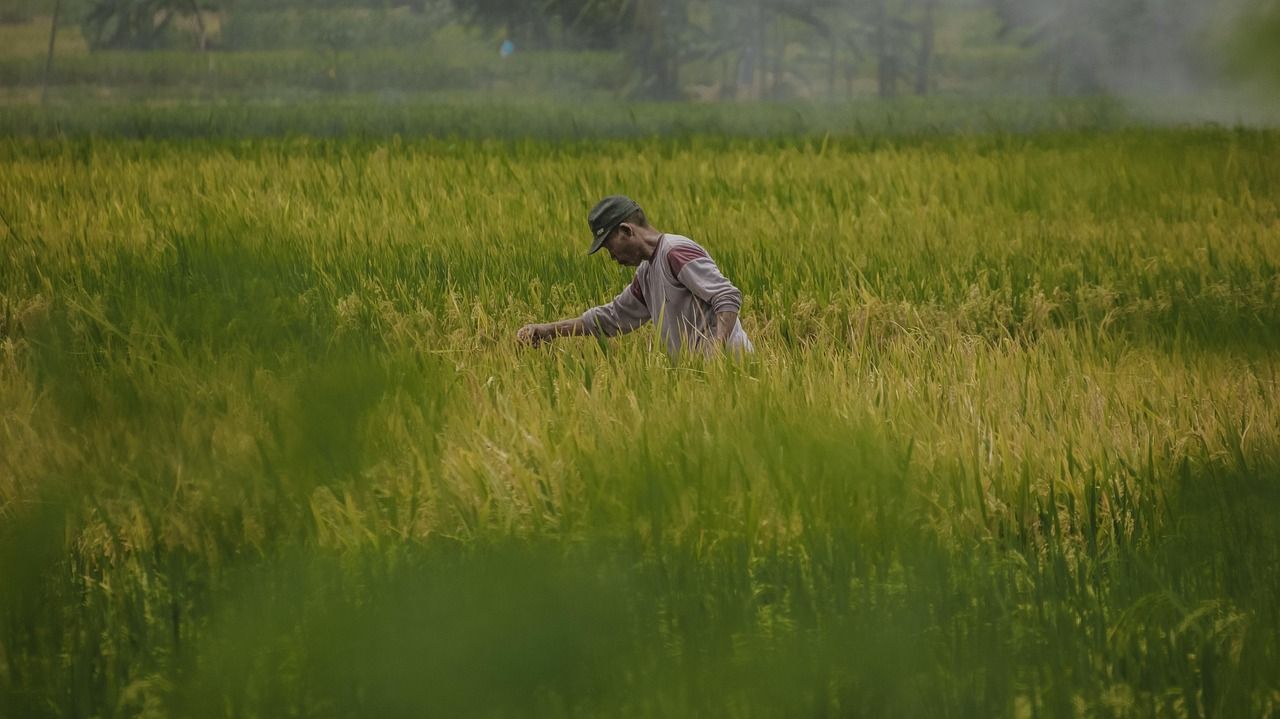What makes a good neighbor?
1️⃣ Someone who helps without being asked
2️⃣ Someone who respects privacy and space
3️⃣ Someone who shares food or resources
In the heart of a quiet, green valley, surrounded by misty bamboo groves and the soft murmur of a flowing river, lay a small village named Banapara. Life here moved slowly — not because people were lazy, but because every task was done with care, rhythm, and respect for nature.
At sunrise, the golden light touched the roofs of thatched houses, the roosters crowed, and smoke curled up from clay stoves. The villagers began their day with a deep sense of purpose — tending their gardens, herding goats, collecting water, or weaving baskets. There were no tall fences or locked gates, because in Banapara, everyone was a good neighbor.
Among them lived Ratul, a humble farmer known for crossing the river each morning with two bamboo baskets balanced on a pole across his shoulders. He would gather vegetables from his small patch of land across the stream, walking barefoot along a bamboo bridge that swayed gently under his weight. It was a simple act, but it represented balance — between hard work and harmony, between man and nature.
Ratul’s neighbors often greeted him from their porches. “Careful on the bridge, Ratul!” they would call out, smiling. And he would nod, his straw hat dipping respectfully. When his crops ripened, he shared them freely — a bundle of eggplants for the widow next door, a few green chilies for the schoolteacher’s wife, or some ripe bananas for the children.

In return, the villagers helped him during monsoon season, when floods threatened his small field. They built bamboo barriers together, patching each other’s roofs and laughing even in the rain. There were no arguments about who did more or less — because in Banapara, being a good neighbor wasn’t about keeping score. It was about showing up.
Every evening, when the work was done, the people would gather under a large banyan tree near the riverbank. The elders told stories, the children played with sticks and pebbles, and the air filled with the scent of roasted corn and earth after rain. The community didn’t need luxury; they had each other, and that was enough.
In Banapara, a good neighbor was not just someone who lived next door — it was someone who lived with you. They shared your laughter, your struggles, your rice, and your rainwater. They helped you carry your load, even if it wasn’t theirs to bear.
And as Ratul crossed the bamboo bridge at dusk, his baskets now empty, he looked at the soft glow of oil lamps flickering through the village mist. He smiled to himself, knowing that peace didn’t come from wealth or noise — it came from kindness, simplicity, and the quiet promise that no one in Banapara would ever face life alone.
Moral:
A good neighbor cares without being asked, shares without counting, and stands by you — not out of duty, but out of love. In a world that moves too fast, perhaps we could all learn a little from Banapara — the village where kindness was the true currency of life.


